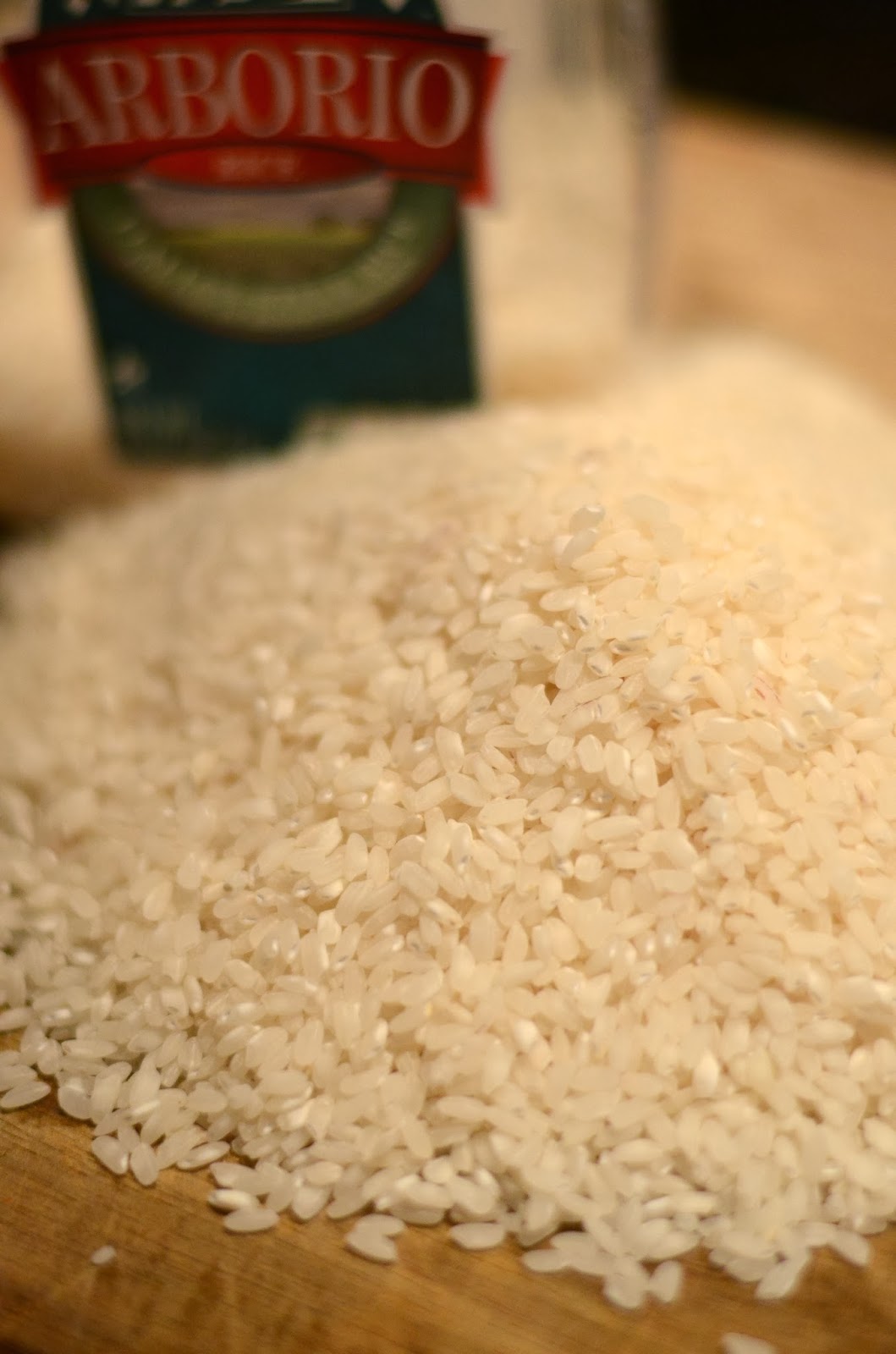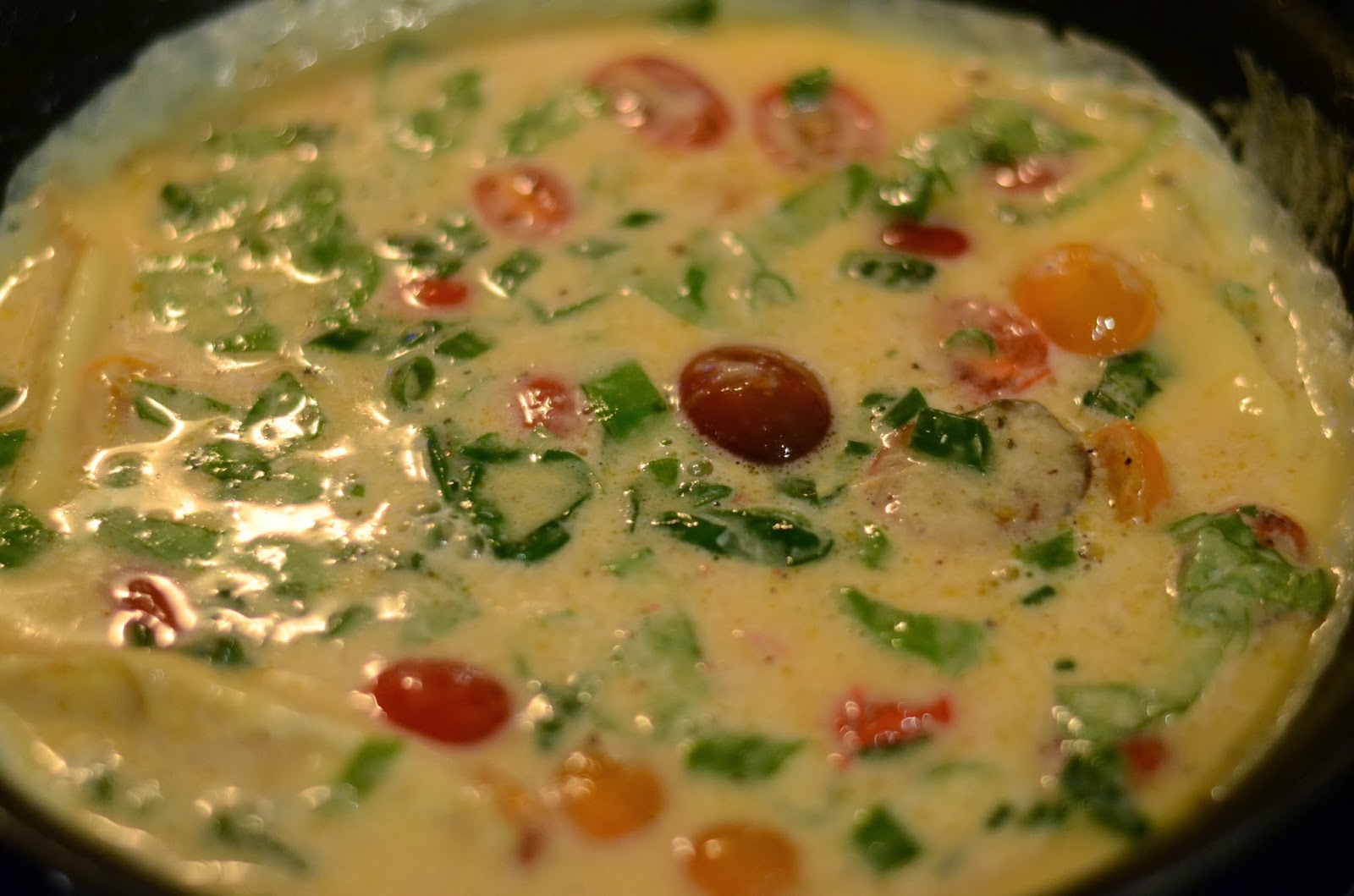
I love pasta! Not only is it comfort food for me it's one of the most versatile ingredients to cook with in the kitchen. This was a quick weeknight meal I came up with one evening that has quickly become one of my favorite meals to prepare. Deglazing the pan with some white wine after sauteing the chicken and shallots is the key to a deeply flavored sauce. Adding the heirloom tomatoes, fresh spinach, and aromatic basil towards the end of cooking bring a delightful freshness to this dish.

Serves 4-6
Prep time- About 10 minutes
Cooking Time-25
1-1/2 pounds of Boneless/Skinless Chicken
2 Tablespoons of All purpose flour
Kosher Salt and Freshly cracked black Pepper
1 small Shallot (sliced)
About 2 tablespoons of Extra Virgin olive oil
2 cloves of chopped Garlic
1 cup of Pino Grigio (Or another Dry White Wine)
6oz bag of Fresh Baby Spinach
1 pint of Heirloom Grape Tomatoes (sliced in halves)
Freshly Cut Basil
Parmesan Cheese
1 pound of Dried Farfalle pasta

Fill a large pot about 3/4 full of water, season generously with salt, and add a splash of olive oil. Allow the water to come to a boil then add the Farfalle (FYI ~ Farfalle pasta gets it's name from the Italian word for Butterfly) pasta and cook until al dente.

Meanwhile start by cutting the chicken breast into chunks. Season the chicken with salt and pepper and dredge the chicken with the flour. Add your olive oil to a large skillet and place the pan over a medium high heat. Once the oil has come to temperature, add the shallot to the oil and allow the shallot to sweet for 3 to 5 minutes. Add the chicken to the pan and brown the pieces of chicken on all sides (8 to 10 minutes) adding more olive oil to the pan if needed. Once browned, add the garlic to the chicken and shallots cooking for a minute or two while stirring to make sure the garlic doesn't burn.
Deglaze the pan by pouring in the wine and scrapping the bottom of the pan to help loosen the golden brown bits that have built up on the bottom. CookAt this stage your pasta should be ready to be drained. Drain the farfalle but conserve a bit of the starchy pasta water. Add the pasta and the the extra water we saved right into the skillet.

Add the fresh spinach and the tomatoes into the skillet and gently toss everything together. It will look like a lot of spinach at first but the spinach will cook down to almost nothing in a very short amount of time. Allow the pasta and the vegetables to sit in the hot skillet with the chicken and wine sauce for a few minutes to help the flavors settle. Season with salt and pepper.
Lastly, sprinkle the entire pan with some freshly cut basil leaves and freshly grated parmesan cheese. Some toasted Pine Nuts are also a great final additive to this pasta dish if you have them on hand. To serve, garnish with an extra topping of parmesan, a crispy piece of Italian bread, and a glass of chilled Pino Grigo.














































